It’s snowing again today in Minneapolis. The weather forecasters predict more snow tomorrow. If you’re like me and you occasionally hunger for some green things growing you might enjoy a well hidden gem at the Minnesota Landscape Arboretum…
The Conservatory
It’s not a big space like the Como Conservatory in St. Paul (also one of my favorite winter-time green escapes), but I always find something in bloom there, lots of green things growing, and delicious scents of plants in the air.
It’s a lovely spot to visit and I rarely see anyone else there when I visit. There’s a perfect bench among all the greenery where you can sit and soak in the sights and scents.
O the green things growing, the green things growing,
The faint sweet smell of the green things growing!
I should like to live, whether I smile or grieve,
Just to watch the happy life of my green things growing.
Discovering another hidden gem
What does this say about what our world?
Do children no longer need to know these words about the natural world? Can it be that they do not spend enough time in nature to care? Are we allowing children to live in virtual worlds rather than in the nourishing real world of nature?
Jackie Morris, the illustrator of the book, said this about her experiences sharing the book in classrooms:
It had come to our attention that words were slipping out from the mouths and the minds of children, but it was only once the book was complete and beginning to make its way out into the world that this really hit home. In a class full of children I asked who knew what a wren was. Wren, that small brown bird, feathers small as splinters with a sharp song so loud that threads its way through hedges in parks and gardens. Not one. Not even the teacher. An absence of knowledge. —Jackie Morris
I was shocked that children did not know what a wren was. And I feel sad to think that children are glued to their cell phones/video games/computers instead of spending time in the natural world. I grew up on a farm before cell phones, computers and video games. While we had toys, we spent hours and hours outdoors, chasing one another, climbing trees, wandering through the pasture, playing by the creek, and all over the farm. My cousins and I spent hours making mud pies, sand cookies, and other inedible delicacies. I feel such gratitude for the hours I spent outdoors in nature.
Art as an act of protest
Morris describes how creating this book was an act of protest. I love when she says that “protest does not have to be loud and angry.”
The book took about two years to make, and in the making of it much was learned. It speaks of absence and presence, and while painting the images I learned to sharpen my own focus on the beauty of the nearby wild. It makes you focus on what really matters, to see such beauty in the shape of birds, plants. On the books publication I began to learn so much more. One of the first lessons was that protest does not have to be loud and angry. What we had made with our book was a hymn of protest against the depletion of our natural world and our place in it.
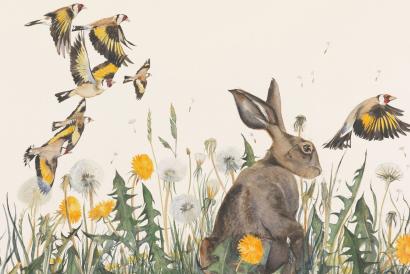
Illustration by Jackie Morris from “The Lost Words”
Creating in the spirit of hope
Macfarlane said: “The Lost Words was a book made in a spirit of hope, but even in our wildest dreams Jackie and I couldn’t have imagined the response it has received. Above all, we’re overjoyed to see it take root in classrooms round the country, and overwhelmed by the generosity of the campaigns that are springing up to get copies into every primary school in Scotland, Wales and various counties of England. If it helps close the gap even slightly between childhood and nature in this country, all the effort will have been worth it.” — From The Guardian
Discovering this beautiful book and its impact lifted my spirits. I see the illustrator and author of this book as kindred spirits. Their words helped me realize that my own acts of protest are making and sharing nature-based photographs, noticing beauty in the natural world and continuing to feel wonder at all of the ordinary miracles of natural life.
What are your acts of protest? Do you create in the spirit of hope?
May you walk in beauty.
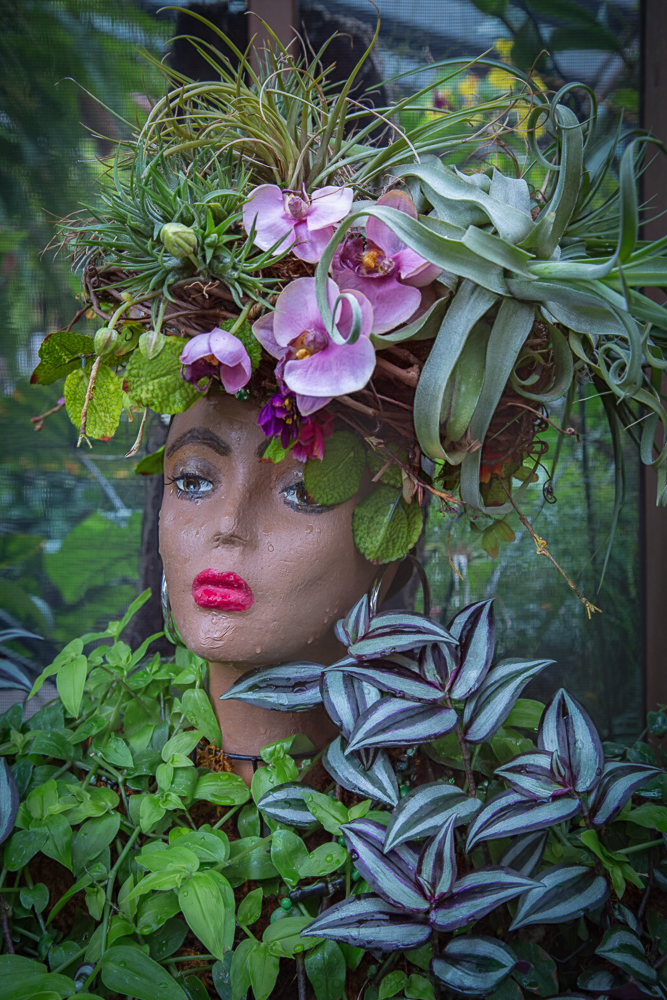
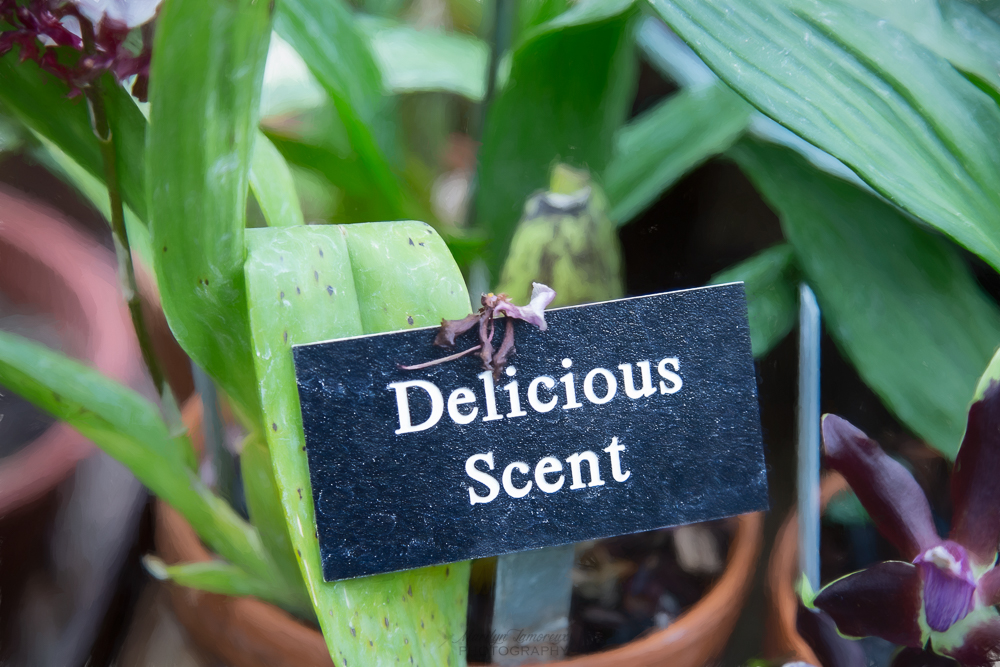
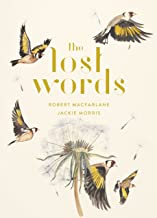
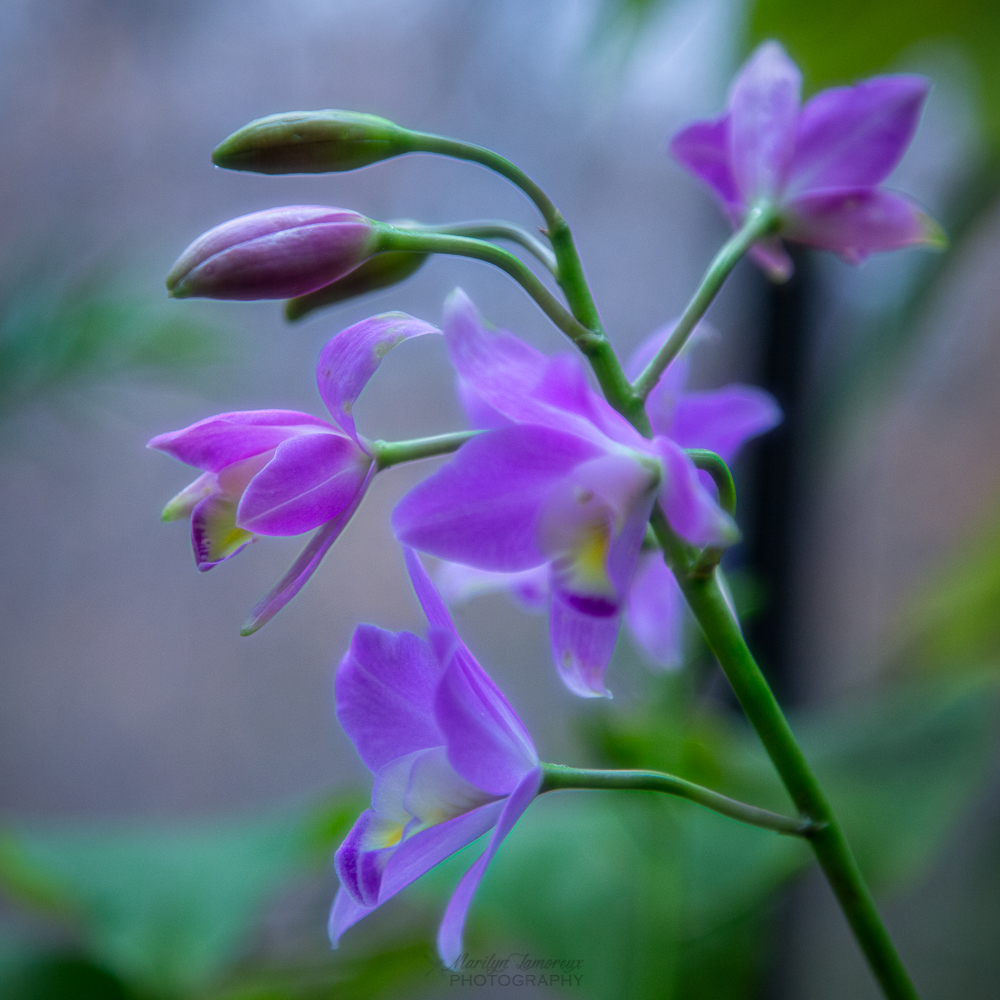
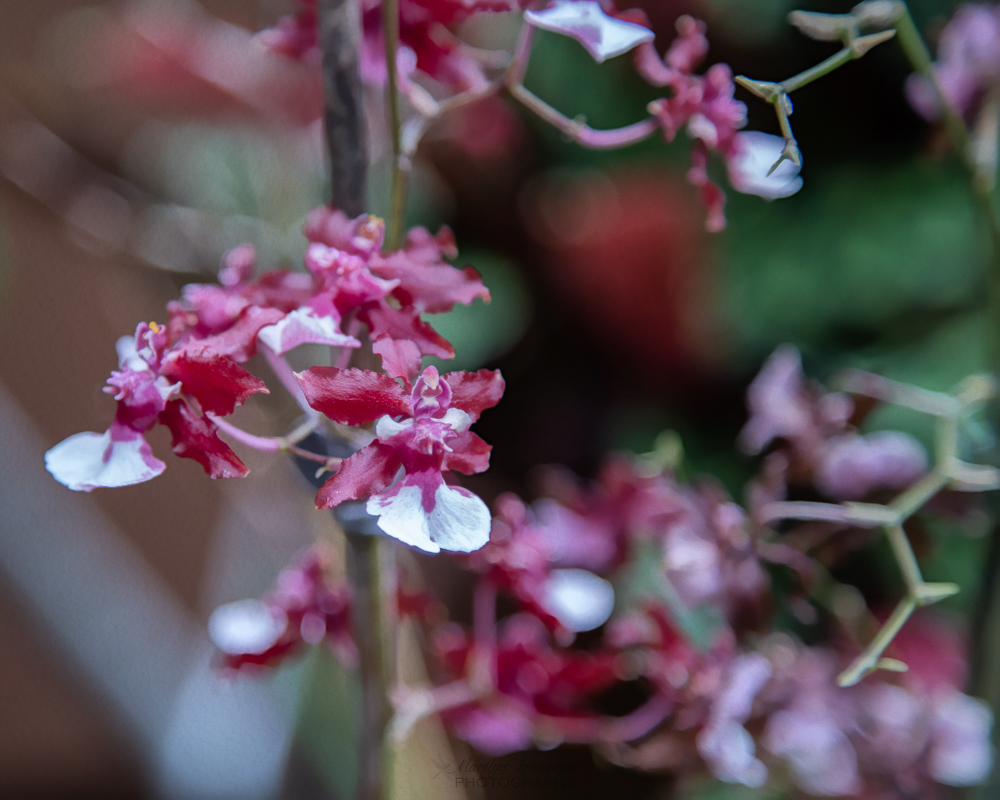
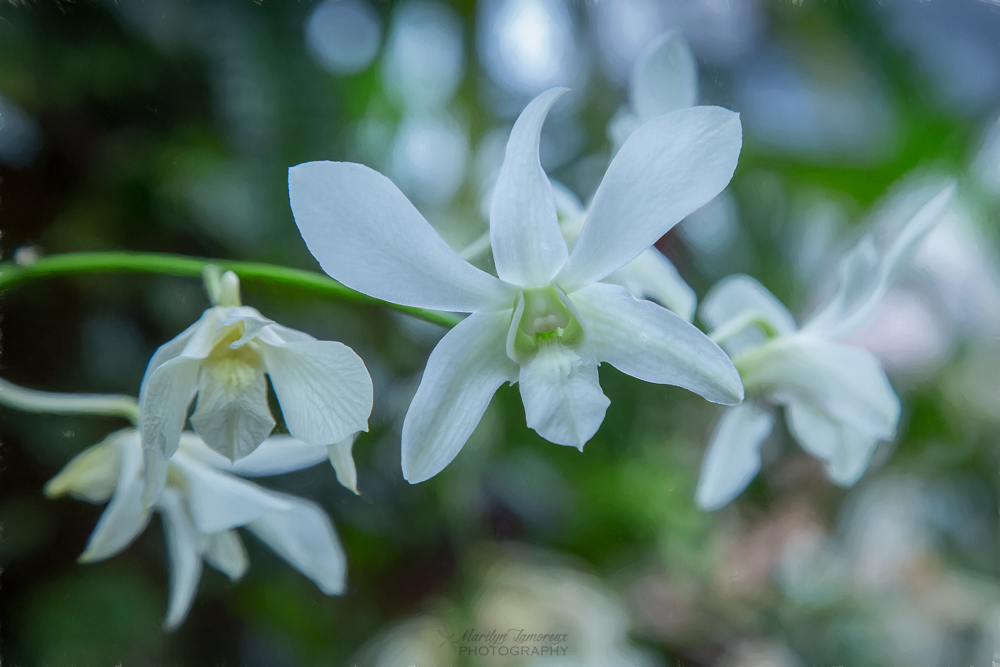
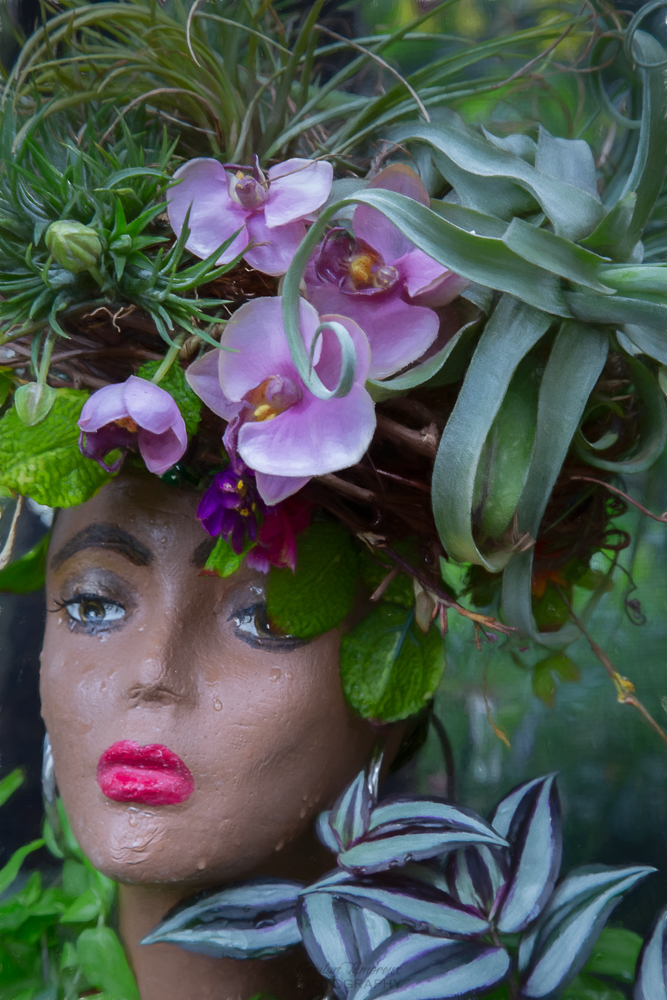
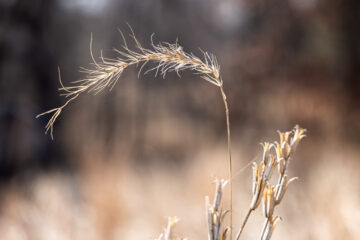
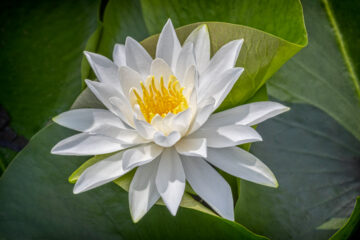

0 Comments